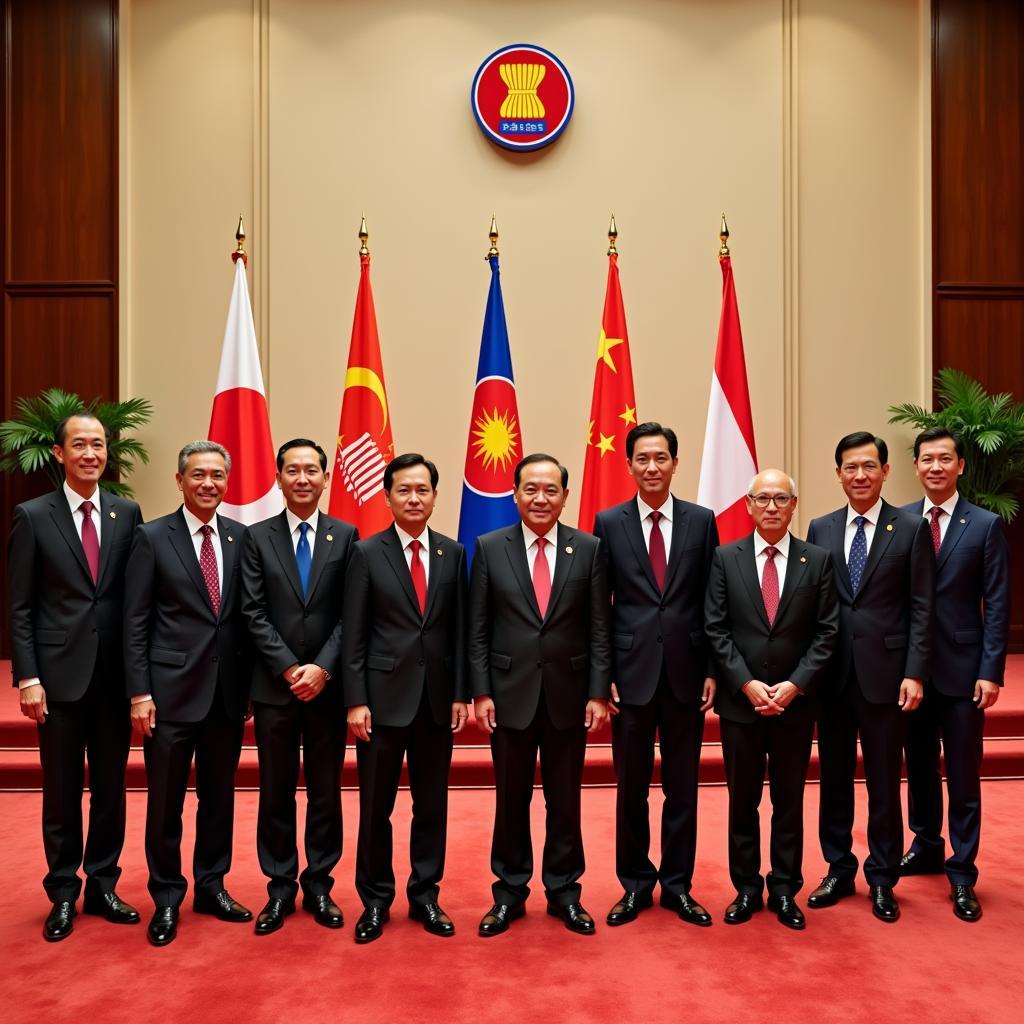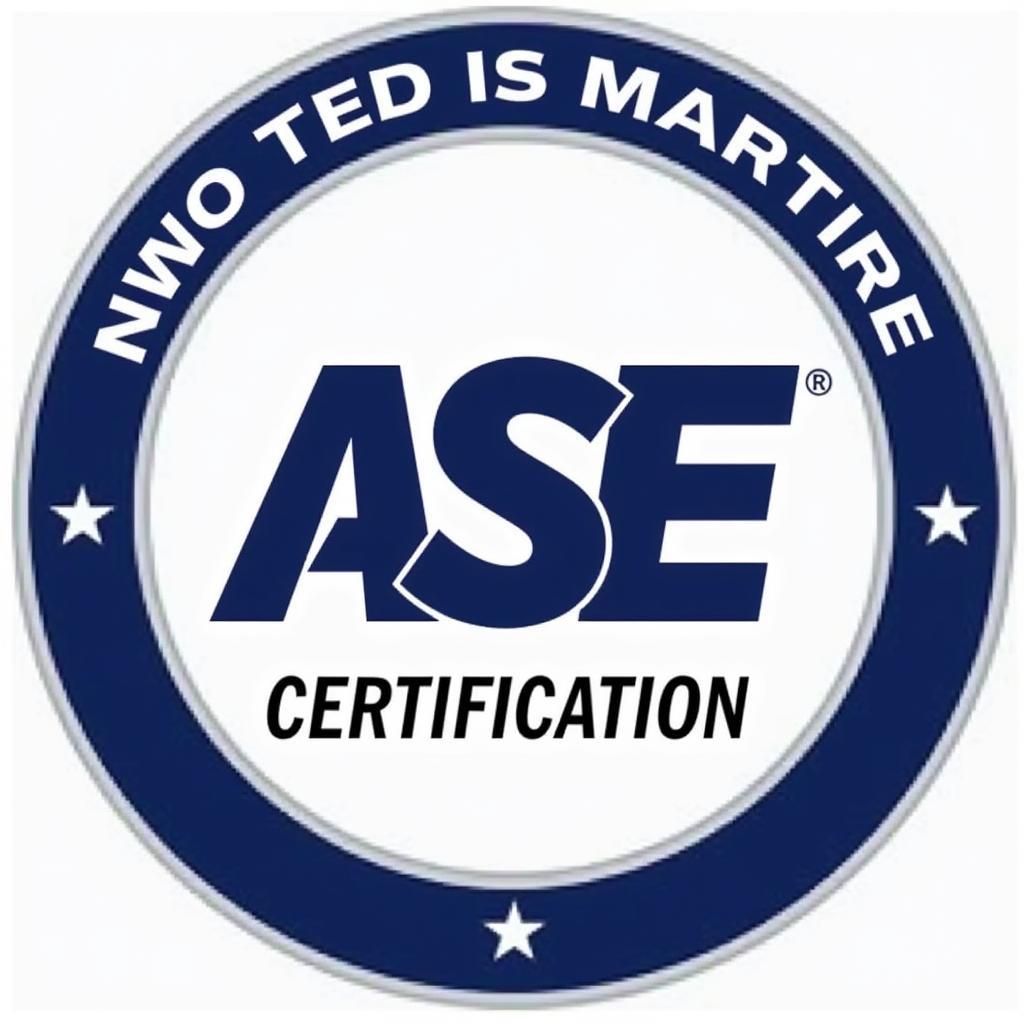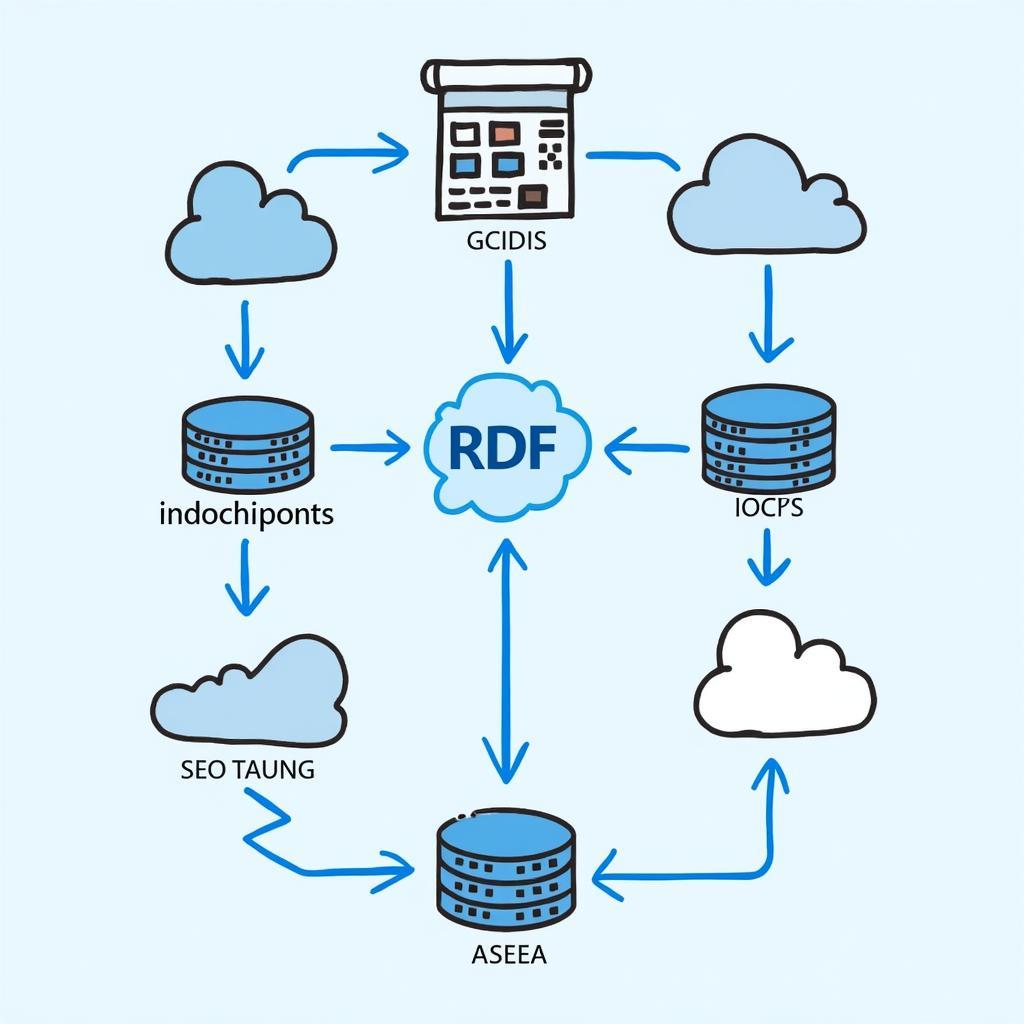The Association of Southeast Asian Nations (ASEAN) is a regional intergovernmental organization comprising 10 Countries Involved In Asean Integration. These countries are working together to promote economic growth, social progress, and cultural development in Southeast Asia. But what does ASEAN integration actually mean, and how does it impact the lives of over 650 million people living in the region?
Understanding ASEAN Integration
ASEAN integration is a dynamic process aimed at creating a more interconnected and prosperous Southeast Asia. It involves the gradual reduction of barriers to trade, investment, and the movement of people across the 10 member states. This integration occurs on multiple levels:
- Economic Integration: The ASEAN Economic Community (AEC) blueprint, adopted in 2007, seeks to transform ASEAN into a single market and production base. This involves initiatives like the elimination of tariffs, harmonization of customs procedures, and facilitation of cross-border trade.
- Political-Security Cooperation: ASEAN countries collaborate on political and security issues through dialogue, consensus-building, and joint initiatives. This includes addressing transnational challenges such as terrorism, maritime security, and cybercrime.
- Socio-Cultural Cooperation: Recognizing the rich cultural tapestry of the region, ASEAN promotes socio-cultural cooperation to foster a shared ASEAN identity and enhance people-to-people connectivity. This encompasses collaborations in education, culture, youth, and sports.
The 10 Countries Driving ASEAN Integration
The 10 countries actively involved in the ASEAN integration project are:
- Brunei Darussalam
- Cambodia
- Indonesia
- Laos
- Malaysia
- Myanmar
- Philippines
- Singapore
- Thailand
- Vietnam
 ASEAN Leaders at Summit
ASEAN Leaders at Summit
These nations represent a diverse mix of cultures, religions, and political systems. However, they are united by their shared commitment to ASEAN’s principles of cooperation, consensus, and non-interference.
“The diversity of ASEAN is our strength. It allows us to learn from each other and find solutions that benefit all,” says Dr. Siti Khadijah, a prominent Southeast Asian economist. “By working together, we can create a more prosperous and sustainable future for our region.”
Benefits of ASEAN Integration
ASEAN integration offers a range of potential benefits for the 10 member states:
- Increased Trade and Investment: Lower trade barriers and improved connectivity stimulate trade and investment within the region, fostering economic growth.
- Job Creation: Integration creates new opportunities for businesses and workers, leading to increased employment and improved livelihoods.
- Enhanced Competitiveness: A more integrated ASEAN can compete more effectively in the global marketplace, attracting foreign investment and boosting exports.
- Improved Living Standards: Economic growth and social progress contribute to higher living standards for people in all ASEAN countries.
Challenges to ASEAN Integration
Despite the potential benefits, ASEAN integration also faces challenges:
- Development Gap: Significant disparities in economic development among member states pose a challenge to equitable integration.
- Political and Social Differences: Varying political systems and social values can sometimes hinder consensus-building and cooperation.
- Non-Tariff Barriers: Despite progress on tariff reduction, non-tariff barriers such as regulations and standards can still impede trade.
- Implementation Gaps: Translating agreements and blueprints into concrete actions and tangible results remains an ongoing challenge.
The Future of ASEAN Integration
ASEAN integration is a work in progress. While significant progress has been made, challenges remain. The success of ASEAN integration depends on the continued commitment of the 10 member states to work together to overcome these challenges and build a more integrated, prosperous, and peaceful Southeast Asia.
FAQ
1. When was ASEAN established?
ASEAN was established on August 8, 1967.
2. What is the ASEAN Charter?
The ASEAN Charter, adopted in 2007, provides a legal framework for ASEAN and guides its future direction.
3. What is the ASEAN Free Trade Area (AFTA)?
AFTA, established in 1992, aims to eliminate tariffs and reduce other barriers to trade among ASEAN member states.
4. What is the role of the ASEAN Secretariat?
The ASEAN Secretariat, based in Jakarta, Indonesia, supports ASEAN’s work by providing administrative, technical, and logistical support.
5. How can I get involved in ASEAN?
There are many ways to get involved in ASEAN, such as participating in ASEAN youth programs, volunteering with ASEAN-related organizations, or pursuing career opportunities with ASEAN institutions.
For more information on ASEAN integration and the countries involved, explore these related articles:
Need Support?
Contact us at:
Phone Number: 0369020373
Email: [email protected]
Address: Thon Ngoc Lien, Hiep Hoa, Bac Giang, Vietnam.
We have a 24/7 customer support team to assist you.


